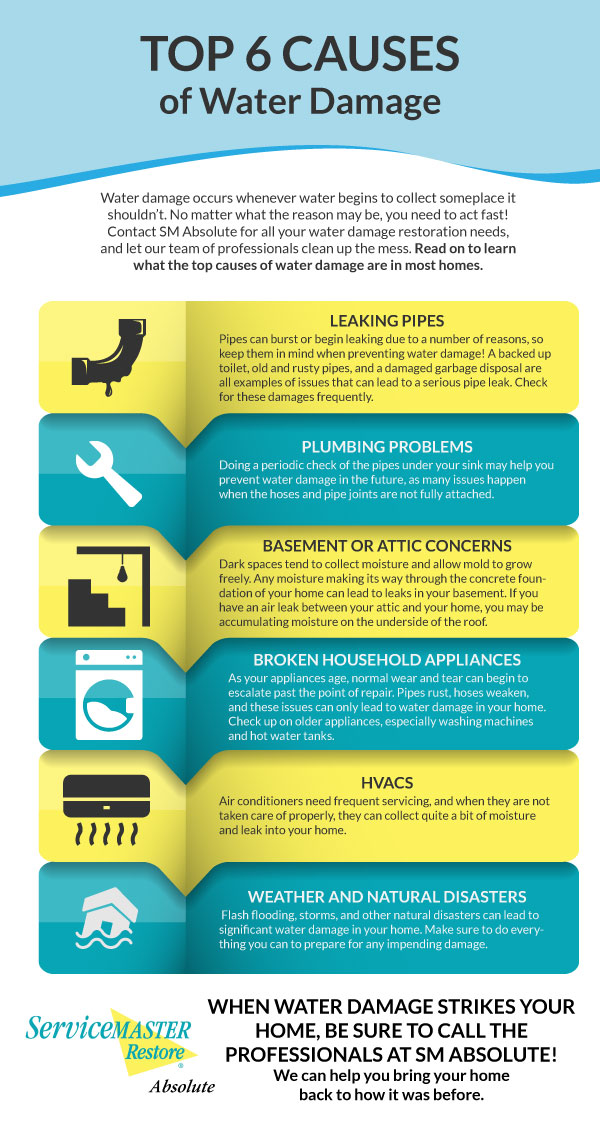When you're intending a roofing system setup, it's important to consider how climate condition can significantly impact your timeline. Rain can develop hazardous working problems and compromise products, while severe temperature levels can impact the integrity of the roof covering elements. High winds pose their own set of challenges, possibly postponing progression and boosting safety dangers. Understanding these elements can aid you make informed decisions, yet what particular techniques can you implement to browse these weather-related obstacles successfully?
Results of Rain on Installation
When it rains, roof installation can encounter significant challenges. Damp problems can make surfaces slippery, raising the threat of accidents for you and your staff. It's vital to prioritize security throughout these times; or else, you might discover the work coming to be extra dangerous than efficient.
Furthermore, rain can influence the products you're utilizing. If roof shingles or other roofing materials get wet, they can be harmed, causing potential leaks and reduced lifespan. You'll wish to make certain everything remains completely dry to maintain high quality and stay clear of expensive replacements later.
Furthermore, rain can postpone your project timeline. If you're incapable to function due to inclement weather condition, you might find yourself pushing back completion days. This can disrupt not only your schedule yet likewise your customers' plans.
To minimize these concerns, consider planning your setup throughout drier periods or watching on weather prediction. If rain is anticipated, you may intend to delay the installment to ensure a secure and reliable process.
Eventually, understanding how rainfall influences your roof covering task can assist you make informed decisions and maintain your process smooth.
Difficulties of Extreme Temperatures
Severe temperatures can position considerable challenges for roof installment. If see it here operating in severe warm, materials like asphalt roof shingles can become overly pliable, making them difficult to position properly. You might find that the sticky made use of for roof products does not bond correctly, bring about potential issues down the line.
On the other side, when temperatures go down, products can come to be weak. This brittleness can trigger shingles to fracture or break during setup, jeopardizing the honesty of your roofing.
In addition, severe cold can slow down the treating process of adhesives and sealants, making it harder for them to set correctly. You may require to wait longer prior to using additional layers or completing the task.
To minimize these obstacles, you must plan your setup timing thoroughly. Morning or late afternoon can be perfect throughout warm days, while picking milder days is vital in the winter season.
Wind's Role in Roof Projects
Weather conditions dramatically affect roof covering jobs, and wind poses its own collection of challenges. High winds can threaten both your security and the quality of your setup. When you mindful the roof, gusts can quickly shake off your balance and develop unsafe conditions.
It's vital to keep an eye on wind rates before beginning, as numerous roof products can become airborne or misaligned in solid winds.
If you find yourself facing gusty problems, it's ideal to postpone the task. Not only does this safeguard you and your team, but it additionally guarantees that the roofing materials stick correctly. Adhesives may not set correctly in high winds, causing prospective leakages and harm in the future.
Furthermore, wind can carry debris that might strike your roofing system, creating additional difficulties. You'll intend to assess the location for possible threats and ensure whatever is secured.
Eventually, preparing your roof covering task around wind problems can conserve you time, money, and headaches. Focus on safety and quality, and do not hesitate to reschedule if the winds are too strong. Your roof deserves the best installation feasible, and the best climate makes all the distinction.
Conclusion
In conclusion, it's important to keep an eye on weather conditions when scheduling your roof covering installation. Rain can postpone development and cause damages, while extreme temperature levels can endanger material honesty. Do not neglect the impact of wind, either, as it can develop harmful working problems. By preparing around the climate, you'll make sure a smoother setup procedure and secure your financial investment. Keep notified, and you'll achieve the most effective results for your roof project!
